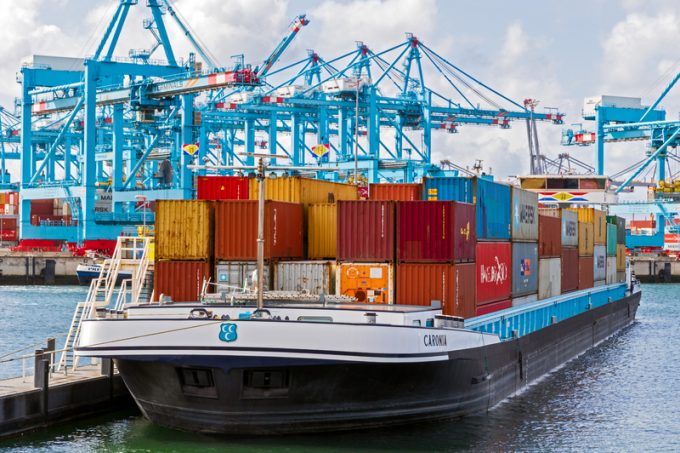The Loadstar Podcast | Transport Logistic and Air Cargo Europe 2025
Missed Munich? Or too many meetings to get out on the floor? In this episode ...

Storms and shipping surcharges are heaping misery on cargo owners waiting for freight on Northern Europe’s beleaguered inland waterways.
Over the past fortnight, wait times at Rotterdam’s barge terminal have more than doubled, to 77 hours and, while Antwerp’s congestion has decreased slightly, shippers are still ...
DHL Express facilities in Canada forced to shut down by strike
Latest Israeli attack on Iran a threat to box ships in Straits of Hormuz
New Middle East conflict brings airspace closures, flight chaos and oil price worry
Industry concerns rise after yet another box ship on fire off Indian coast
BYD launches logistics subsidiary – and eyes ports and shipping sectors
Return of downward pressure on container spot freight rates
New ocean capacity dump wipes out transpac gains
China pushes Cosco participation in consortium eyeing Hutchison buy


Comment on this article